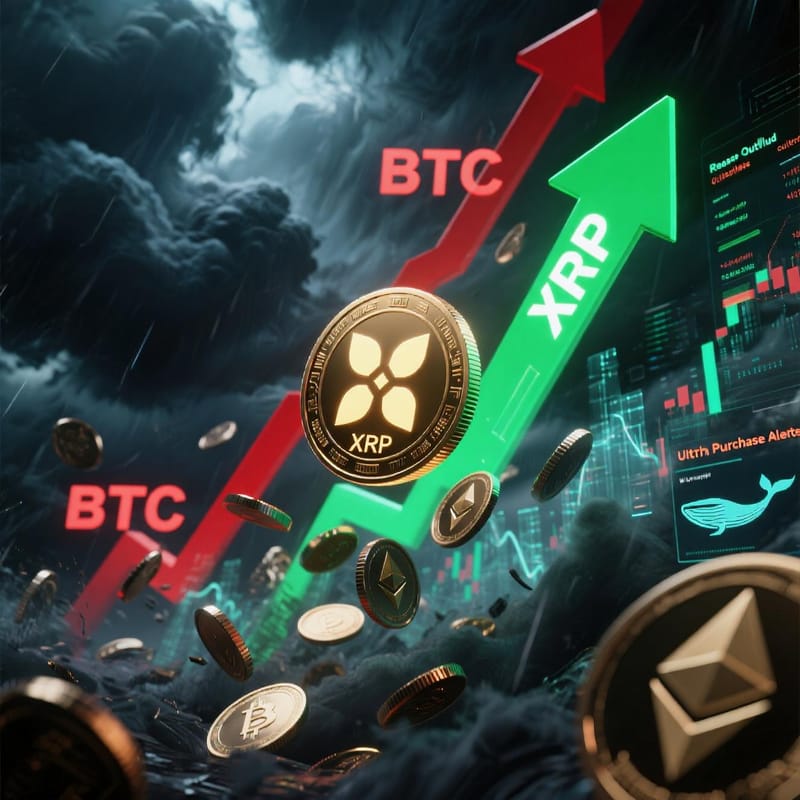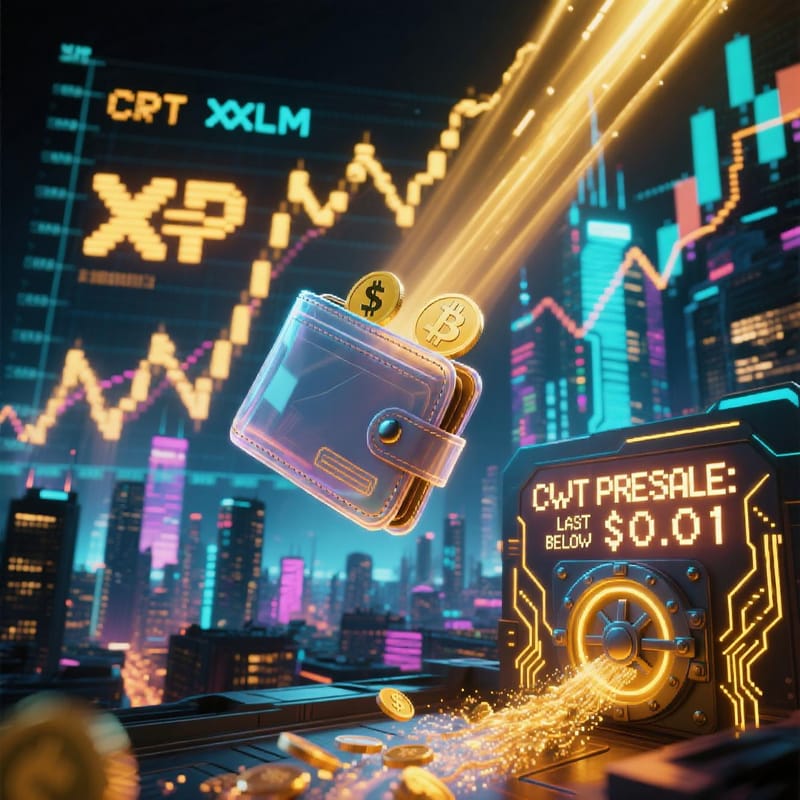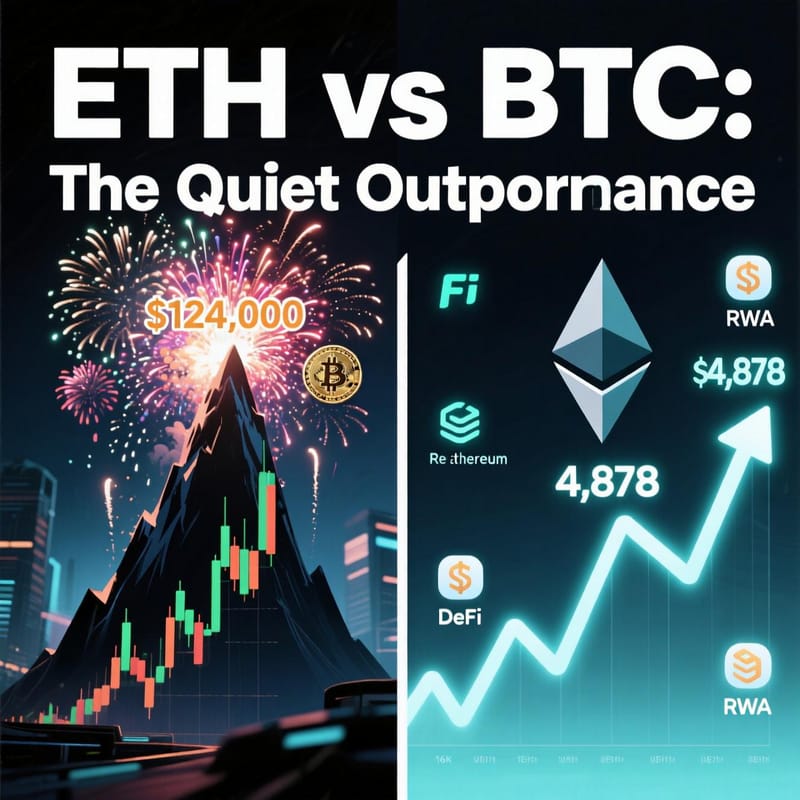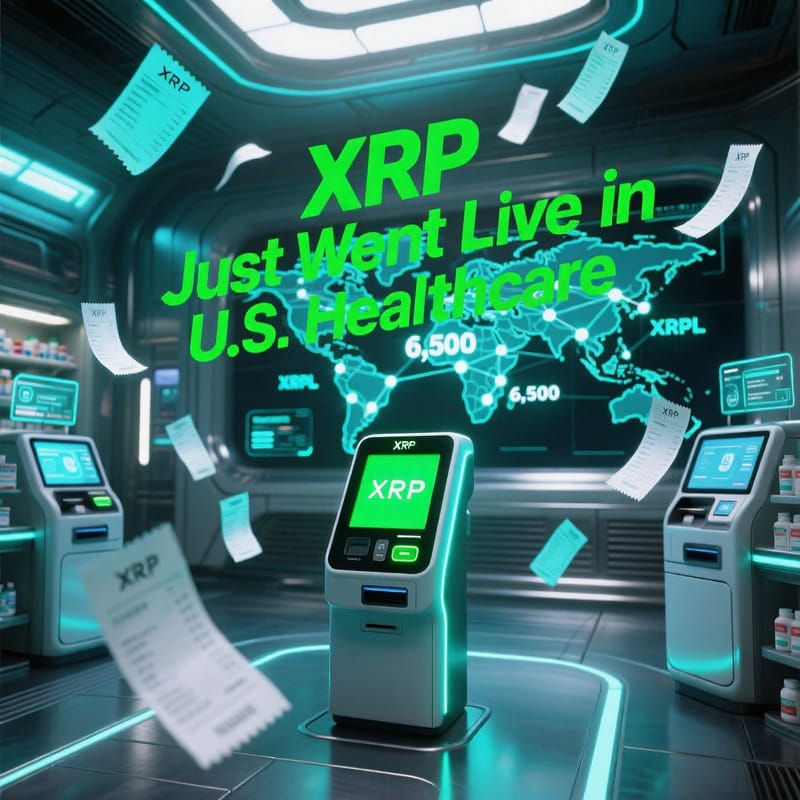Analyst Declares Ripple’s Banking Play the “XRP Endgame” — And It’s Already in Motion
Ripple isn’t pivoting — it’s executing. A top analyst claims the company’s push for a U.S. national bank charter isn’t a new direction, but the endgame of a 10-year master plan. If approved, Ripple could integrate XRP directly into the financial system’s core.
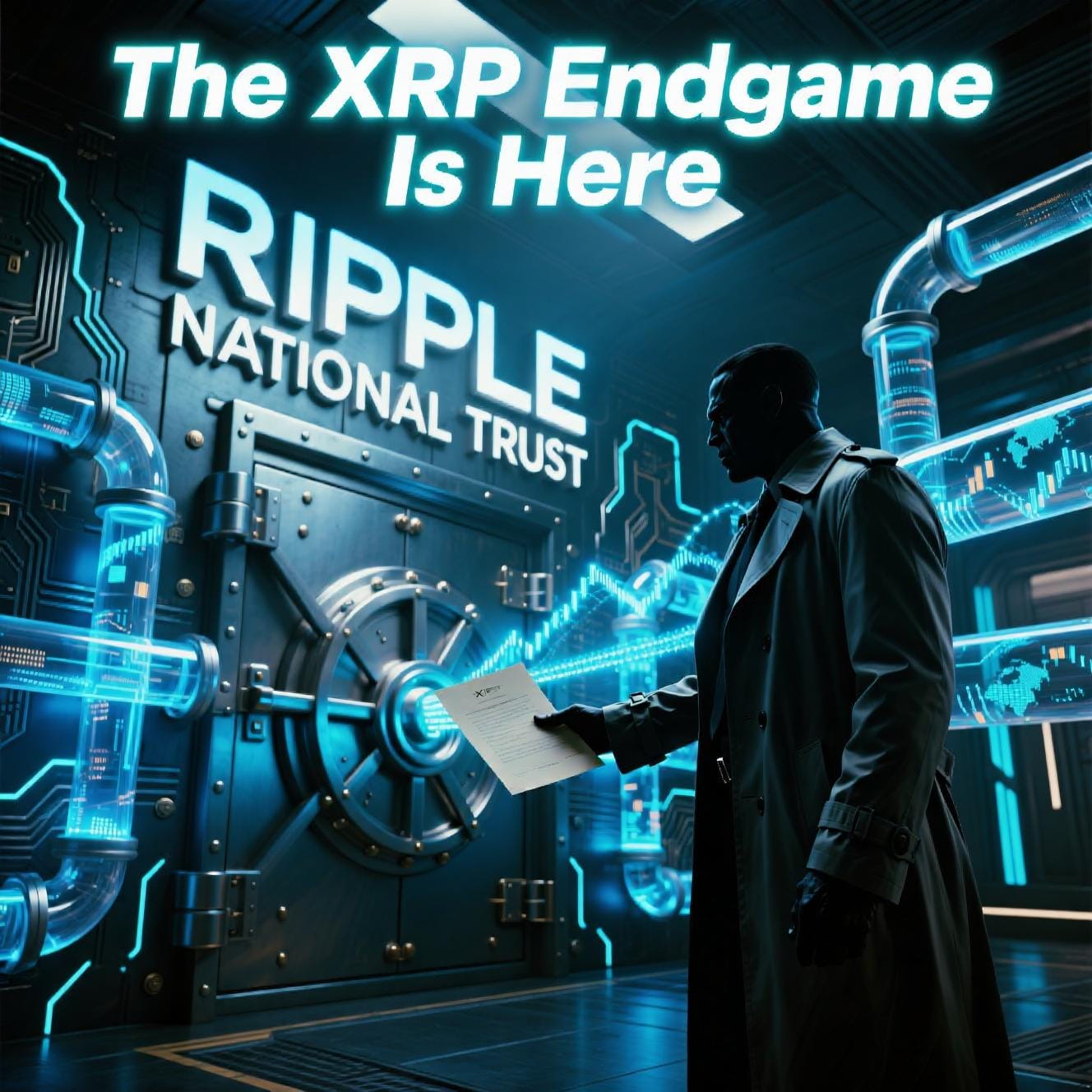
The XRP Endgame: Not a Pivot — a Grand Finale
In a viral X thread, market analyst CryptoSensei dropped a bombshell:
“Ripple’s banking license isn’t a pivot. It’s the end game they’ve been building toward for 10 years.”
And he’s not just speculating.
He’s connecting the dots.
For over a decade, Ripple has quietly built:
- The XRP Ledger (XRPL) — a fast, low-cost settlement network
- On-Demand Liquidity (ODL) — using XRP to bridge currencies across borders
- RLUSD, its regulated stablecoin
- Partnerships with banks, payment providers, and central banks
Now, it’s taking the final step: becoming a bank itself.
Ripple’s Banking Ambitions: Beyond Payments, Into Power
Ripple has officially filed with the U.S. Office of the Comptroller of the Currency (OCC) for a national trust bank charter — a move that would place it under federal regulation and grant it sweeping powers:
- ✅ Hold customer assets (custody)
- ✅ Issue loans
- ✅ Act as a financial intermediary
- ✅ Settle transactions at scale
- ✅ Tokenize real-world assets
This isn’t just about sending money faster.
It’s about becoming the neutral infrastructure layer between financial institutions — a trusted, regulated, blockchain-powered utility.
As CryptoSensei put it:
“If Ripple is a bank, they’re not just moving money. They’re holding it, lending it, clearing it, settling it, and tokenizing it.”
And in that world, XRP isn’t optional — it’s embedded.
Structural Demand: The Holy Grail for XRP
For years, XRP has been dismissed as a “speculative” asset — a token with promise, but no real use.
That narrative is shifting.
If Ripple becomes a regulated bank, XRP could be used natively within its own financial ecosystem for:
- Cross-border settlements (via ODL)
- Liquidity management between institutions
- Stablecoin redemption and backing (RLUSD)
- Interoperability between legacy rails and blockchain
This would create structural demand — not from traders, but from the system itself.
No more “when will it be adopted?”
It would be the rails.
And as CryptoSensei notes:
“XRP’s demand wouldn’t be speculative. It would be structural — built into the entire system.”
That’s the difference between a meme and infrastructure.
Regulatory Pushback: The Final Hurdle
Of course, this path isn’t smooth.
The Independent Community Bankers of America (ICBA) and other traditional finance groups have filed formal objections, arguing that:
- Crypto firms shouldn’t get bank charters without full consumer protections
- Systemic risks could emerge from untested models
- Ripple’s dual role as tech firm and financial entity creates conflict of interest
The OCC’s review will be lengthy, technical, and politically charged.
But here’s the twist:
Ripple isn’t asking for special treatment.
It’s volunteering for federal oversight — something many crypto firms avoid.
That could work in its favor.
Regulators may see Ripple not as a threat, but as a model for responsible innovation.
Looking Ahead: A Decade-Long Bet Nears Payoff
For CryptoSensei, this moment is personal:
“I figured I’m at the right place at the right time, understanding what the future holds for Ripple and XRP.”
And he’s not alone.
The implications go beyond price.
This is about XRP’s identity:
- Will it remain a payment token?
- Or become the settlement backbone of a new financial layer?
If Ripple gets its charter, the answer is clear.
And the ripple effect — pun intended — could reshape global finance, stablecoin policy, and how institutions use blockchain.
Final Word: The Endgame Was Never a Rumor — It Was a Roadmap
Ripple didn’t wake up one day and decide to become a bank.
It spent 10 years laying the foundation:
- Legal clarity (SEC case closed)
- Enterprise adoption (Wellgistics, MoneyGram, Santander)
- Regulatory engagement (RLUSD, OCC filing)
- Real-world utility (6,500+ pharmacies now using XRPL)
Now, it’s going for the grand prize:
To be the first crypto-native firm to operate as a U.S. national bank — with XRP at its core.
If it succeeds, we won’t look back and say “XRP went parabolic.”
We’ll say:
“That’s when crypto became the system.”


